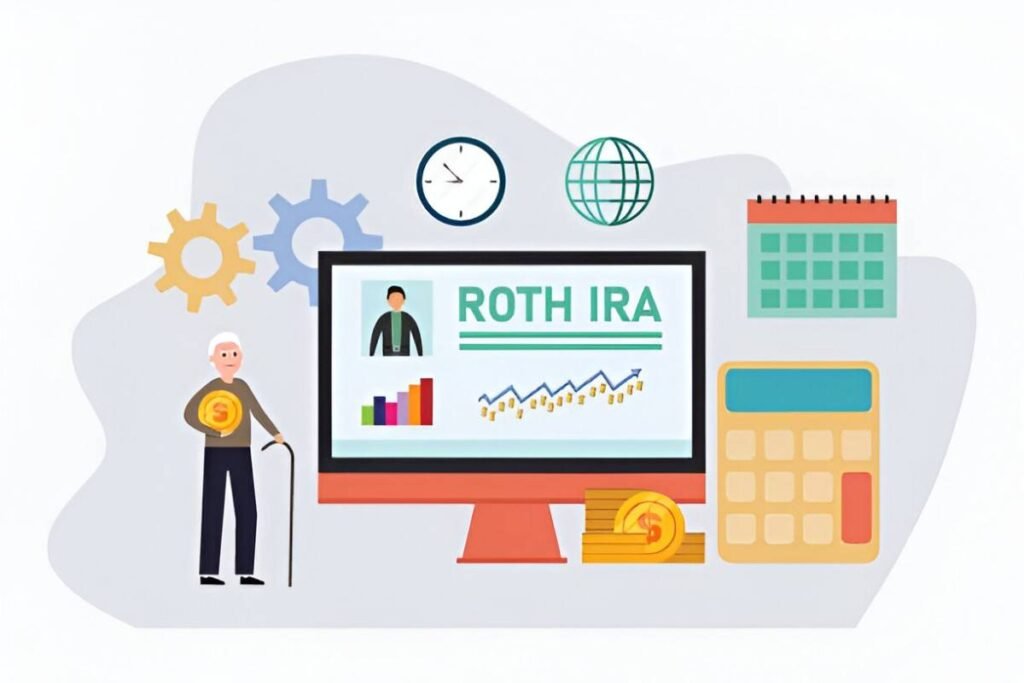As someone who has spent years navigating the complexities of retirement planning, I understand how crucial it is to make informed decisions about employer-sponsored retirement accounts. One of the most powerful tools available is the Roth employer-sponsored retirement plan, which offers unique tax advantages. In this guide, I’ll break down everything you need to know—eligibility, contribution limits, tax implications, and strategic considerations—so you can maximize your retirement savings.
Table of Contents
What Is a Roth Employer-Sponsored Retirement Plan?
A Roth employer-sponsored retirement plan—such as a Roth 401(k), Roth 403(b), or Roth 457(b)—allows employees to contribute after-tax dollars to their retirement accounts. Unlike traditional 401(k) plans, where contributions are tax-deductible, Roth plans provide tax-free growth and withdrawals in retirement.
Key Features:
- After-tax contributions: You pay taxes now, but withdrawals in retirement are tax-free.
- No income limits for contributions: Unlike Roth IRAs, Roth employer plans don’t restrict high earners.
- Employer matching (if available): Some employers match contributions, but matches go into a traditional pre-tax account.
How Does a Roth Employer Plan Compare to a Traditional Plan?
To decide whether a Roth or traditional plan suits you best, consider the following comparison:
| Feature | Roth Employer Plan | Traditional Employer Plan |
|---|---|---|
| Contributions | After-tax | Pre-tax |
| Tax on Withdrawals | Tax-free (if qualified) | Taxable as ordinary income |
| Income Limits | None | None |
| Required Minimum Distributions (RMDs) | None (until 2024, then subject to SECURE 2.0 rules) | Required at age 73 (as of 2023) |
When Should You Choose a Roth Employer Plan?
- You expect to be in a higher tax bracket in retirement.
- You want tax-free growth for long-term compounding.
- You prefer flexibility with withdrawals (no RMDs during your lifetime under current law).
Contribution Limits and Calculations
For 2024, the IRS sets the contribution limit for Roth 401(k) plans at $23,000 (with a $7,500 catch-up for those 50+). If your employer offers matching, the total contribution (employee + employer) cannot exceed $69,000 (or $76,500 with catch-up).
Example: Calculating Tax Savings
Suppose you earn $100,000 and contribute $15,000 to a Roth 401(k). You pay taxes on the full $100,000 now. In retirement, if you withdraw $50,000 annually, that amount is entirely tax-free.
Compare this to a traditional 401(k):
- Pre-tax contribution: Reduces taxable income to $85,000.
- Future withdrawals: Taxed at your retirement rate.
The Roth option is better if you expect tax rates to rise.
Tax Implications and Strategic Withdrawals
The Power of Tax-Free Growth
The Roth plan’s biggest advantage is compounding without tax drag. The future value (FV) of a Roth contribution can be calculated as:
FV = P \times (1 + r)^nWhere:
- P = After-tax contribution
- r = Annual return
- n = Number of years
Since withdrawals are tax-free, the entire amount is yours.
When Traditional Might Be Better
If you’re in a high tax bracket now (e.g., 32% or higher), a traditional 401(k) reduces your current tax burden. A Roth conversion later, when rates are lower, could be smarter.
Employer Matching: A Unique Consideration
Most employers match Roth contributions, but the match goes into a traditional pre-tax account. This creates a tax-diverse retirement portfolio:
- Roth portion: Tax-free withdrawals.
- Traditional match: Taxable withdrawals.
This blend offers flexibility in managing taxable income in retirement.
Early Withdrawals and Penalties
Roth employer plans follow the same early withdrawal rules as traditional plans:
- Before 59½: 10% penalty + income tax on earnings (contributions can be withdrawn tax-free).
- Exceptions: Disability, first-time home purchase (up to $10,000), or substantially equal periodic payments.
How to Enroll in a Roth Employer Plan
- Check Plan Availability: Not all employers offer Roth options.
- Elect Contributions: Allocate a percentage or fixed dollar amount from your paycheck.
- Monitor Investments: Choose funds that align with your risk tolerance.
Final Thoughts
A Roth employer-sponsored retirement plan is a powerful tool, especially for younger workers or those expecting higher future taxes. By understanding contribution limits, tax implications, and withdrawal strategies, you can make informed decisions that optimize your retirement savings.




